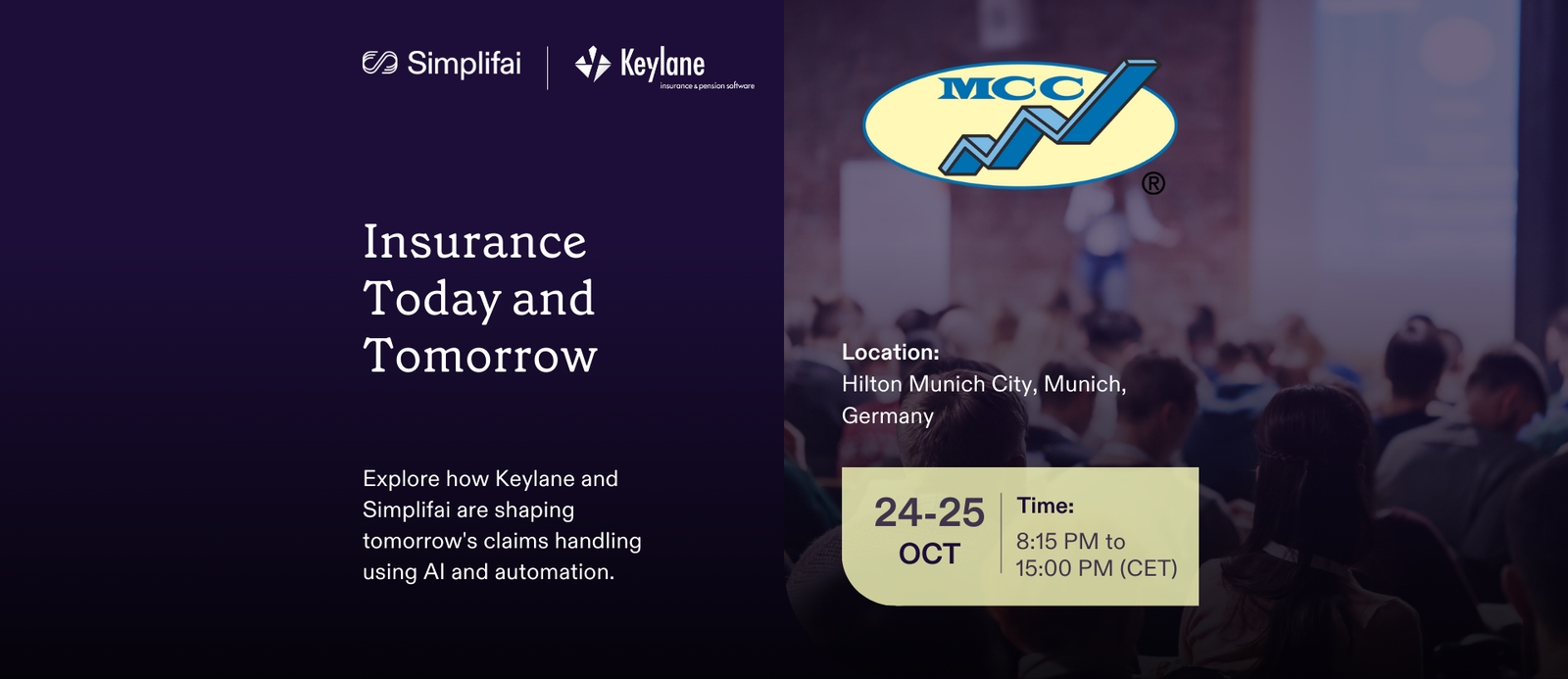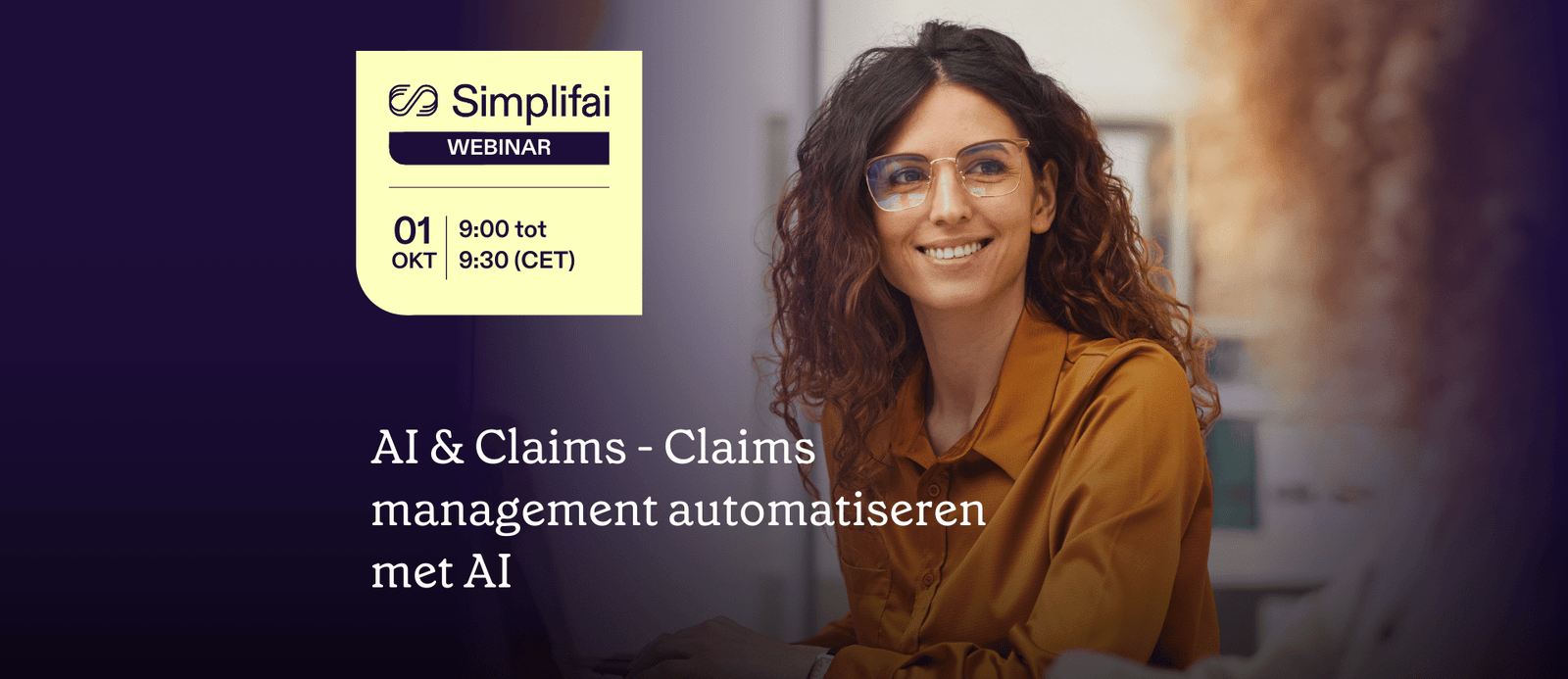Can AI and humans co-exist at the workplace?
Several recent studies have revealed that AI and humans working together are expected to create wonders in the workplace environment.

In fact, as per a recent survey by Automation Anywhere, about 72% of workers believe that AI and business automation strategies will help them perform better at work, further giving them confidence in not being replaced by Artificial Intelligence [1].

After all, Artificial Intelligence is a tech that will always help humans achieve better business milestones by taking away mundane and repetitive tasks. In this way, removing these tasks, which are mostly time-intensive, can help eliminate the overburden of continuously piling work for humans. Most of these tasks can be handled by smart AI-powered business automation solutions.
AI makes this possible by offering the advantages of speed and accuracy, 24/7 availability, and high accessibility. An AI technology will operate properly as long as it is fed and trained with quality data on a consistent basis.
Taking these thoughts into consideration, this blog emphasizes the importance of humans and Artificial Intelligence programs co-existing and the ways in which they can work together.
How does collaboration between AI and humans work?
Many businesses deal with bulk-intensive processes such as processing bills and invoices, customer inquiries, processing emails and documents, etc. Smart AI solutions can help humans by handling most of these bulk processes. These solutions can read, interpret, analyze the content, extract relevant data, and use decision-making capabilities with the help of decision engines.
By using these capabilities, Artificial Intelligence solutions can undertake further actions such as replying, forwarding, archival, raising tickets, and many more based on the business requirement.
By handling the bulk of these processes, AI can help humans by improving work efficiency and freeing time for them to focus on more sensitive tasks. Moreover, in the longer run, this AI-human collaboration can cut down operational costs, fetch good ROI, and improve overall customer satisfaction.
Key work areas that showcase AI-human collaboration
The co-existence of AI and humans is already occurring in multiple industries and their respective work environments. There are multiple work areas where this is now being made possible both at the front-end and back-end departments.
BFSI organizations
BFSI organizations across the globe are increasingly showing an interest in adopting cloud-based Artificial Intelligence solutions and integrating them with their software infrastructure. Many companies have already implemented such solutions to a certain extent and have also received immense benefits for the same. This rise in corporate interest has been visible through various work avenues.
Most BFSI and financial institutions need to deal with tasks such as processing invoices and bills, handling claims and filing insurance paperwork, loans, debt collections, and so on. If implemented properly, AI-based software solutions can handle and process such repetitive tasks with ease and reduce the burden for humans to manually process every case.
In case of any complex and sensitive cases, the AI solutions can forward them to humans, thus forming the collaborative effort described in the earlier sections.
Customer service solutions
Customer service is an area that can have a perfect balance of AI and human intervention. In several industries such as BFSI, Public Sector, E-Commerce, or even Logistics, the customer service and support departments often function 24/7. Even in multiple staggered shifts, it might become stressful for humans to work around the clock. Many of the customer inquiries are repetitive in nature and often involve the same type of responses and query resolution activities.
To tackle this influx of customer inquiries, AI solutions can act as an alternative to manual work carried out daily. Due to the virtue of being available 24/7, these can tackle the bulk of repetitive queries and support humans with higher speed, accuracy, and better efficiency.
There are several customer-facing AI solutions for personalized customer engagements that can manage automated replies, forwards, and carrying out actions. Humans can monitor these processes, keep training regularly, and use the insights gained to improve customer communications.
Storage and archival bots
In this digital age, data in the form of documents and emails are often stored in locally hosted cloud systems in businesses. The Public Sector is one such industry, where organizations require robust archival and storage facilities for data. Improper storage and misplacing of data can largely impact the functioning of these organizations and deprive the public masses of crucial information in times of need such as during a large-scale health crisis.
As a support mechanism, AI bot solutions handling large volumes of data is a good way of streamlining data archival. Be it health records, public records, and details about local governing bodies; Artificial Intelligence can not only provide humans with better data accessibility but also ensure that it is organized properly and stored in the right place. AI solutions for processing bulk emails and documents with minimal manual intervention, including replies, forwarding to stakeholders, and archival, are the best option in this work area.
Conclusion
Looking at the adoption of AI in current times, this market is expected to grow immensely and fetch massive revenues. Experts predict that using Artificial Intelligence (AI) on a larger scale will add as much as $15.7 trillion to the global economy by 2030 [3].

As we have seen in the above sections, humans and AI can indeed co-exist in the workplace and prove to be advantageous for organizations in ways not seen before. Be it in finance, insurance, customer service, public organizations, and even in healthcare, the penetration of AI has grown substantially. Soon, we could see several more developments in this application, as AI for businesses becomes more mainstream and opens new areas of growth and development.
About Simplifai
Simplifai is an AI solutions company that provides end-to-end automation for businesses through AI-powered Digital Employee solutions. Our Digital Employees are capable of interpreting unstructured data or free text and can be easily configured in our no-code, plug-and-play platform called Simplifai Studio.
The Digital Employees can handle insurance claims, process invoices, bills, and other financial data, reply & forward to emails, analyze and interpret data in documents, and undertake actions such as storage and archival of documents. Simplifai Digital Employees comprise individual AI modules such as Emailbot, Documentbot, and Chatbot, which are pre-configured in the Simplifai Studio.
Powered by Natural Language Processing and operating with the help of customizable business rules, decision engine, and rules engine, our Digital Employees can be seamlessly integrated with external third-party systems by using the Application Programming Interface (API) and Robotic Process Automation (RPA).
Want to know more about our Digital Employees for Insurance and Claims Handling? Click the button below for more information:
Want to know more about our Digital Employees for Storage and Archival? Click the button below for more information:
Sources
[1] James, L. Why humans and machines work better together, Artificial Intelligence, ITPro (May 9, 2020). https://www.itpro.co.uk/technology/artificial-intelligence-ai/355573/why-humans-and-machines-work-better-together
[2] Reser, J. Artificial Intelligence: Bringing Humans and Technology Together, Suse (May 21, 2018). https://www.suse.com/c/artificial-intelligence-bringing-humans-and-technology-together/
[3] Kasparov, G. and De Cremer, D. AI Should Augment Human Intelligence, Not Replace It, Business and Society, Harvard Business Review (Mar 28, 2021). https://hbr.org/2021/03/ai-should-augment-human-intelligence-not-replace-it


